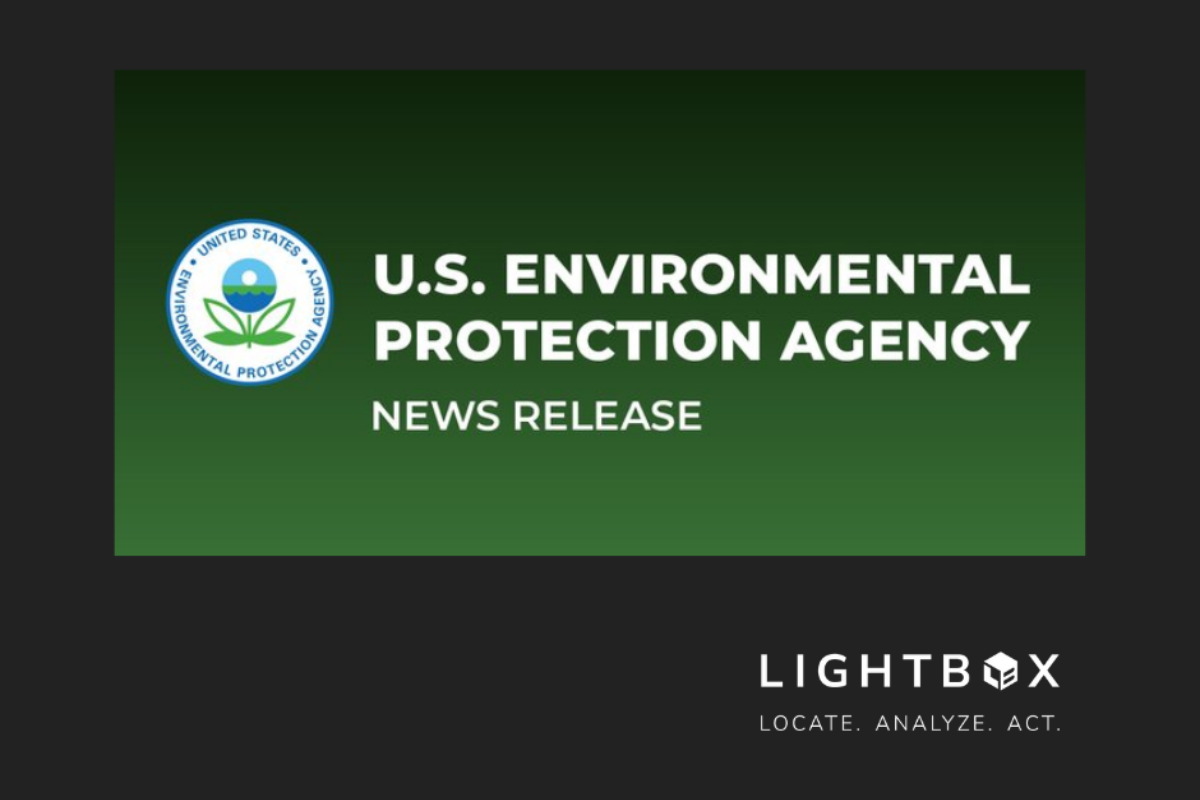Effective May 2, 2022, EPA withdraws the direct final rule published at 87 FR 14174, on March 14, 2022.
On Monday, May 2, 2022, the U.S. Environmental Protection Agency (EPA) published a brief statement in the Federal Register withdrawing the direct final rule for Standards and Practices for All Appropriate Inquiries (AAI Rule) that was published March 14, 2022.
The rule, if effective, would have referenced ASTM’s E1527-21 “Standard Practice for Environmental Site Assessments: Phase I Environmental Site Assessment Process” and allowed for its use to satisfy the requirements for conducting AAI under CERCLA. In this week’s notice, EPA acknowledged the receipt of negative comments on the direct final rule, triggering the withdrawal. EPA also stated that the comments received will be addressed in a subsequent final action and there will not be a second comment period. This outcome means that Environmental Professionals and Users of Phase I ESAs who were waiting for EPA’s amendment of the AAI Rule to reference E1527-21 before adopting it themselves will be waiting a bit longer. No estimated timing was provided in the latest Federal Register notice.
In a survey open from February 24 to March 11, 2022, LightBox invited environmental consultants, engineers, lenders, and other risk management professionals to share their responses to a series of questions on the industry’s transition over to the new ASTM E1527-21 Phase I ESA Standard Practice (published in November 2021). One of the key findings of the survey results paints a picture of an industry expecting more client requests to add PFAS risk assessments to the Scope of Work for Phase I ESAs. One-quarter of respondents have already added respondents have already added a report section in their Phase I ESAs for Emerging Contaminants, with others expecting to do so in response to future federal policy changes.
Hear from Dianne Crocker, Principal Analyst, as she highlights findings from the recent LightBox ASTM Survey Summary report. This is the industry’s first look into how environmental professionals are responding to the new ASTM Phase I ESA standard.

